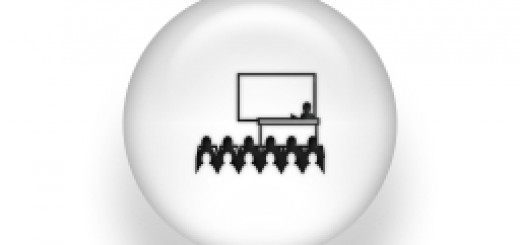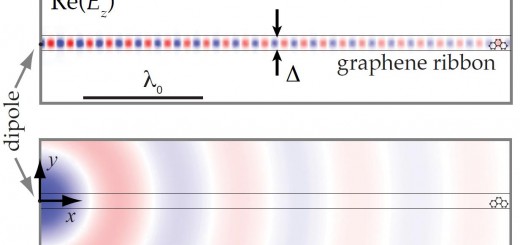Spin Coherent Phenomena in Quantum Dots Driven by AC Magnetic Fields
 Wednesday, 1 Diciembre 2010. 12:00-13.00
Wednesday, 1 Diciembre 2010. 12:00-13.00
Prof. Gloria Platero
Instituto de Ciencia de Materiales de Madrid, CSIC
ABSTRACT:
Electronic transport through quantum dots can become correlated not only by charge interaction but also by the spin degree of freedom. A combination of both can be found in systems where Coulomb interaction limits their population to a small number of electrons (Coulomb blockade) and where Pauli exclusion principle avoids certain internal transitions – spin blockade. Recent experiments have taken advantage of spin blockade in double quantum dots to achieve qubit operations by means of electron spin resonance (ESR), where an oscillating magnetic field is applied to the sample in order to rotate the electron spin [1]. In ESR experiments, an important issue is to individually address the electron spin in each dot. To this end, it has been proposed to tune the Zeeman splitting of each dot. It can be achieved in systems with different g factor quantum dots [2] or by applying different dc magnetic fields to each dot [3].
In this talk, we analyze coherent spin phenomena in double and triple quantum dots under crossed dc and ac magnetic fields, coupled to normal leads.
In triple dots, in a closed -loop configuration, we discuss the interplay between Aharonov-Bohm current oscillations, coherent electron trapping and spin blockade under two-electron spin resonance configurations [4]. We will also demonstrate for both double and triple quantum dots an unexpected behavior: spin blockade can be not only removed but also induced by tuning the ac field frequency.
We will show as well that in double dots with different Zeeman splittings, strongly spinpolarized current can be achieved by tuning the relative energies of their Zeeman-split levels, by means of electric gate voltages: depending on the energy-level detuning, the double quantum dot works either as spin-up or spin-down filter. In a triple dot, in addition, spin-polarized incoming current can be achieved, and thus the spin-polarizing mechanism can be extended to a spin inversion mechanism [5].
[1] F.H.L. Koppens et al., Nature 442, 766 (2006).
[2] S. M. Huang et al, Phys. Rev. Lett. 104, 136801 ( 2010).
[3] M. Pioro-Ladrière, et al., Nat. Phys. 4, 776 (2008).
[4]M. Busl, R. Sánchez and G. Platero, Phys. Rev. B, 81,121306R (2010) .
[5]María Busl and Gloria Platero, Phys. Rev. B, 82, 205304 (2010).


















